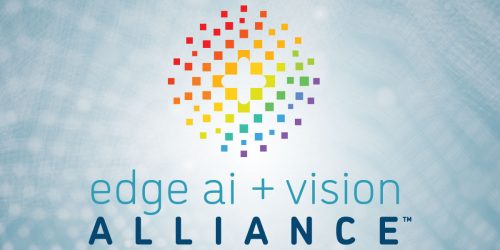Object Recognition: 3 Things You Need to Know
This article was originally published at MathWorks’ website. It is reprinted here with the permission of MathWorks. What Is Object Recognition? Object recognition is a computer vision technique for identifying objects in images or videos. Object recognition is a key output of deep learning and machine learning algorithms. When humans look at a photograph or […]
Object Recognition: 3 Things You Need to Know Read More +






